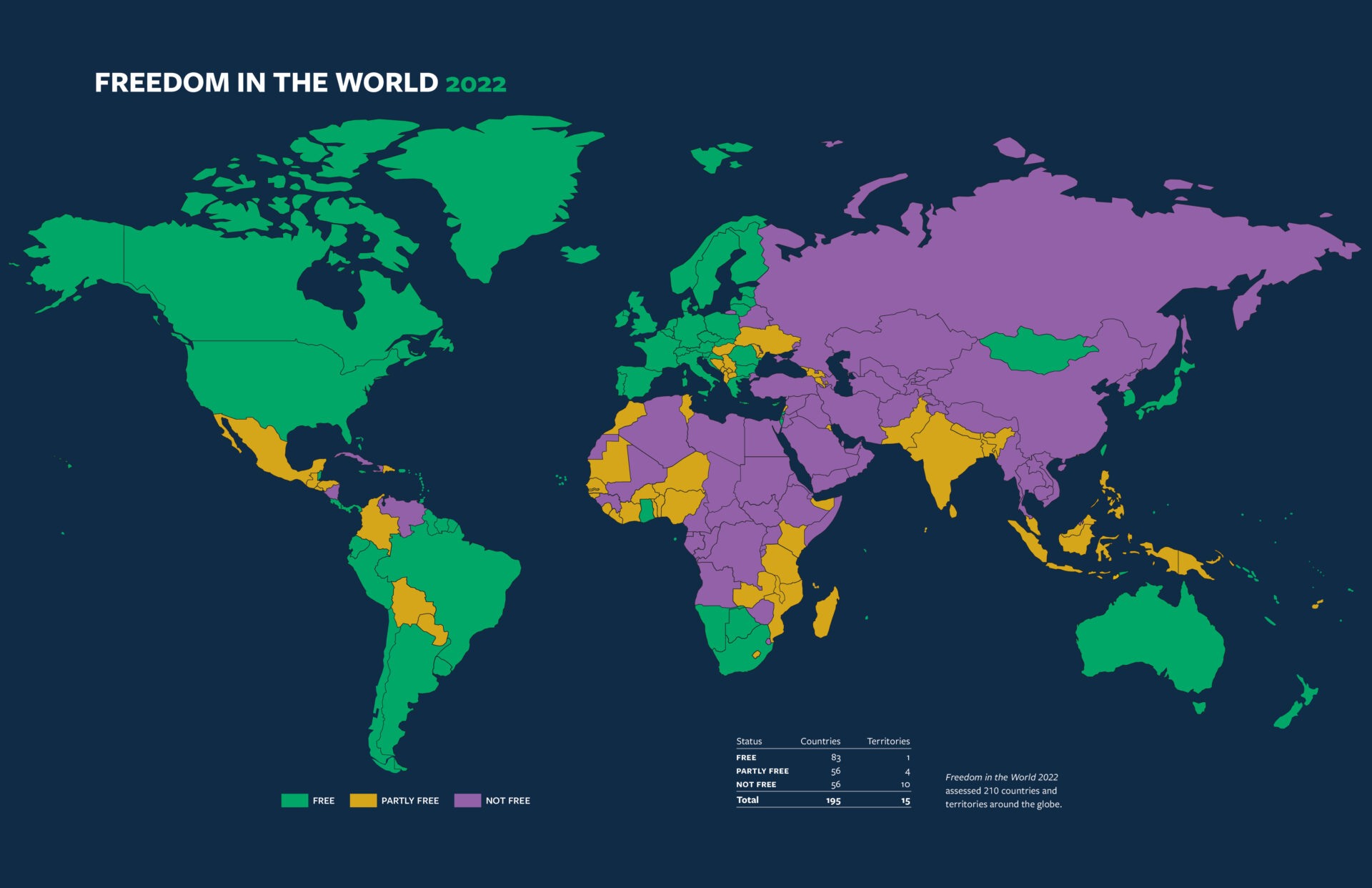In Poland Marshal Josef Pilsudski led a military coup against the democratic government on May 11, 1926, and headed a military dictatorship that became ever more authoritarian.
This coup was made possible largely because of the government’s failure to grant concessions to national minorities and to deal with the economic problems left by the war and occupation. The violent hatreds that divided the political parties made Pilsudski’s rule even easier. Once he had won power, he turned to the great landowners and big industrialists, building his government on their support and on that of his military clique.
In Romania entrenched corruption in political life coexisted with the parliamentary system. There was also widespread anti-Semitism, which was adopted as the chief program of the Iron Guard, a Romanian Nazi party. Green-shirted and wearing small bags of Romanian soil around their necks, the Guard began to assassinate moderate politicians early in the 1930s. Economic dislocation and peasant misery, brought about by the worldwide agricultural depression, strengthened the Guard and other fascist groups.
To head off a Guardist coup, King Carol II installed his own fascist dictatorship in 1938. Although the Guardist leaders were “shot while trying to escape,” Romania could not avoid German pressure. After Hitler had acceded to the Soviet seizure of Romanian Bessarabia and northern Bukovina and had given Hungary northern Transylvania (August 1940), Carol had to abdicate, and Hitler’s man took over with Iron Guard support.
In Bulgaria the threat of communism was a serious problem. Moreover, Bulgaria, like Hungary, was revisionist because of its failure to gain the Macedonian territory given by the peace treaties to Yugoslavia and Greece. The issue was made more intense by the presence of thousands of Macedonian refugees, who tended to join revolutionary terrorist societies. Bulgaria, which had no serious minorities problem, no rich landowners, no aristocracy, and no great industries, nonetheless produced political hostilities even more violent than those in countries where economic inequality prevailed.
In 1920-1923 a peasant politician, Alexander Stambolisky (1879-1923), gave the country a period of reasonably popular government. But even he curbed the press as he fought both Macedonian terrorists and communists. His imposition of high income taxes alienated the bourgeoisie. In 1923 right-wingers murdered him and installed a strongly authoritarian regime. From then on communist plots, bombings, and Macedonian terrorist strife racked the country. After 1930 the Italian marriage of King Boris (r. 1918-1943) led to ties with Mussolini. In 1934 a military coup brought to power a group of army officers who installed a dictatorship of their own. But in 1936 King Boris imposed a royal dictatorship, which lasted until his death during World War II.
In Greece between the wars, the main issues were whether the country should be a monarchy or a republic and how to overcome the economic difficulties caused by the transfer of 1.25 million Greeks from Turkey. On the constitutional question, the Greeks wavered, voting for a monarchy in 1920, for a republic in 1924, and for a monarchy again in 1935. Economic dislocation strengthened communism among the refugees and in labor groups.
Political instability was chronic, and the interwar period was punctuated by a series of coups, some by republican generals, some by monarchists, all more or less authoritarian. The last of these, General John Metaxas (18711941), was the most fascist. Metaxas, who became dictator in August 1936, abolished political parties, instituted censorship and political persecution of his opponents, and launched a program of public works.
None of these regimes in eastern Europe was fascist in the truest sense of the term. In Italy and Germany the regimes rested on considerable popular support, at least initially, even though that support was kept alive by propaganda. In eastern Europe, on the other hand, the dictatorships rested on the police, the bureaucracy, and the army, and not on the support of the masses.
Most dictators (Franco was an exception) developed the cult of self. In most, but not all, Jews were systematically persecuted. While the various fascist states had much in common, they also differed, so that fascism never became the universalized international movement that communism explicitly aspired to become.

